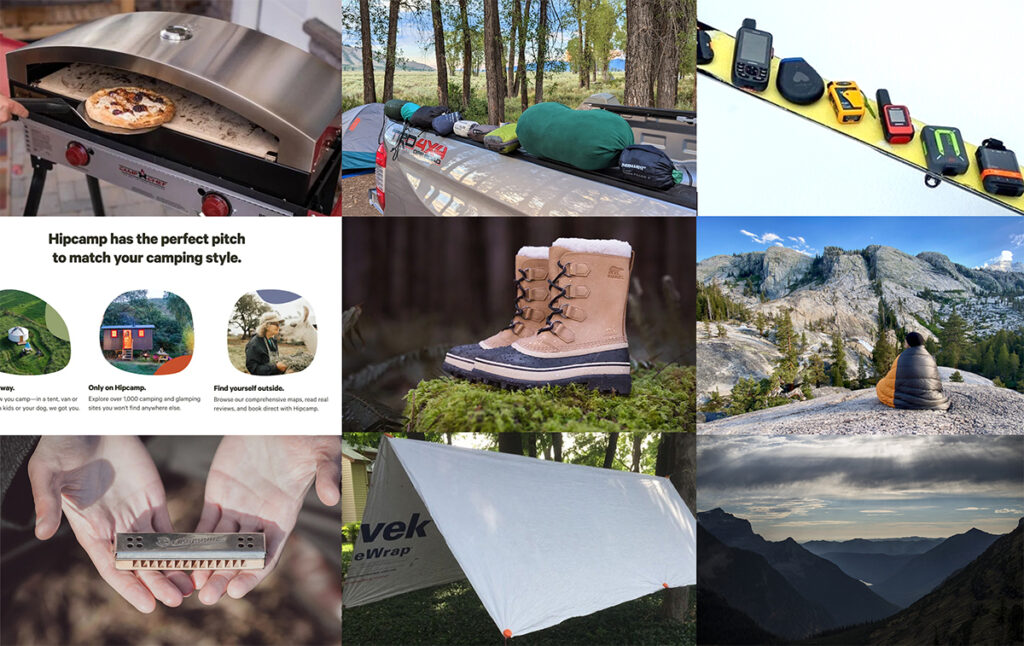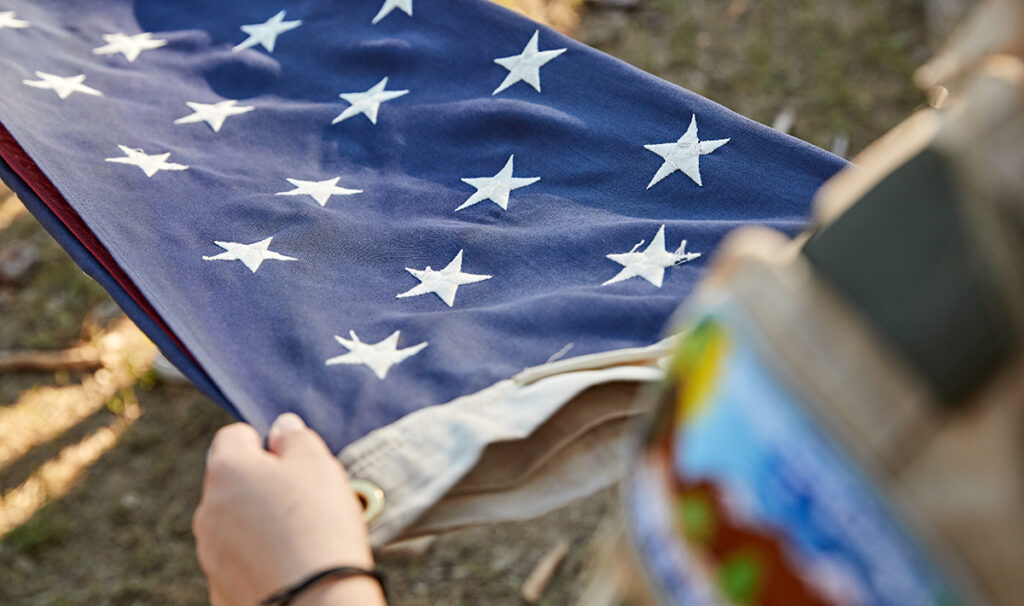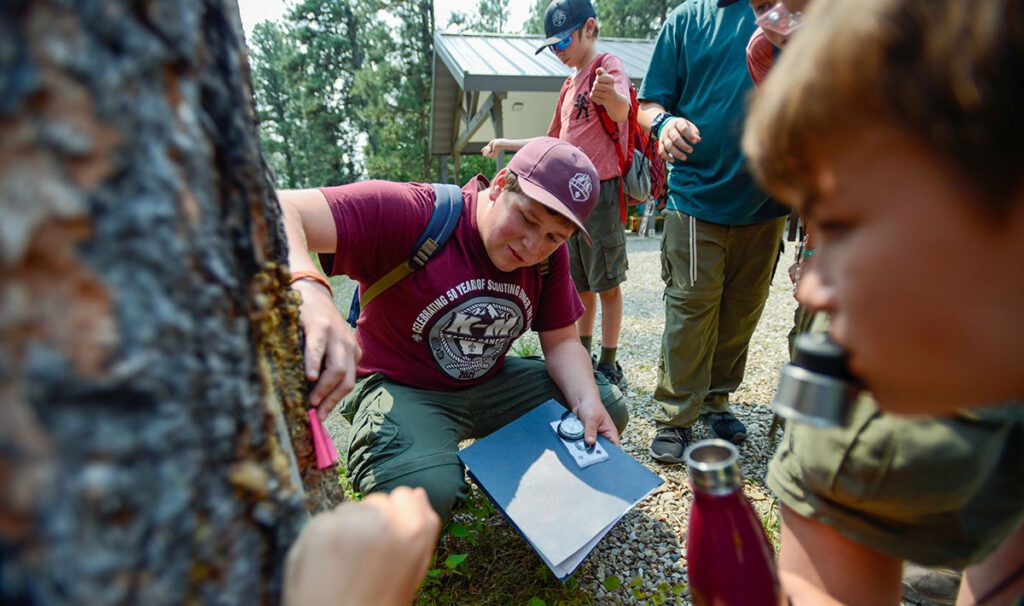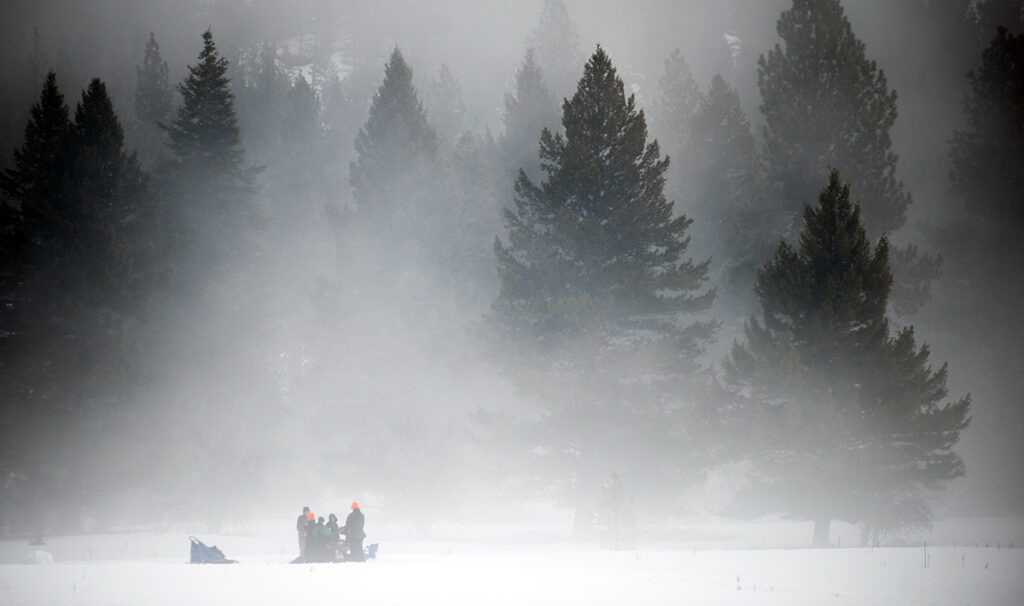
Winter is upon us in Montana and that should not slow us down as long as we take the necessary precautions and teach our Scouts to be “Winter Weather Smart.”
Sometimes, however, you have to be prepared to make the hard call and postpone a winter campout. Extreme conditions sometimes don’t lead to a fun experience, especially with young inexperienced Scouts.
The simple rule of winter camping is to stay dry and warm. As you know, this is sometimes easier said than done with our Scouts, so having plenty of clothing to change into is critical.
Also, a good pre-trip planning process can be the difference between a great experience and a disaster. Make your Scouts part of the planning. Have them take ownership of the trip preparations. Advise and mentor when necessary.
- Study maps and research the area. How long will it take to get there and set up camp? If something goes wrong, what emergency services (i.e., medical, search & rescue) are closest?
- Talk to people who have been there and can give you pointers.
- Check the weather forecast. Are conditions favorable?
- Check the local road and trail conditions.
- Recognize and avoid avalanche areas. Check the local avalanche forecast.
- Leave a trip plan. Make sure everyone in the group has the same plans, expectations, turnaround times, and goals.
- Plan for proper Winter food.
- Prevention is the best medicine. Hypothermia occurs when the body’s temperature decreases due to exposure to cold conditions. To prevent hypothermia, stay dry – which will help keep you warm.
- Ten fingers, ten toes: If you experience symptoms like numbness, shivering, white or purple skin, and a burning sensation in affected areas, warm the frostbitten skin against warm skin on your (or your partner’s) stomach or armpits.
- Dehydration is no joke. Even in the dead of winter, you need to drink plenty of water. Check the color of your urine to gauge your hydration level.
- A good layering system is the key to staying warm. Base layer, Mid Layer, Insulating layer, and Outer layer.
- Be ready to call it and end the trip when conditions deteriorate and create a higher level of risk to the participants.
- Be prepared for the unexpected.
Flames inside of tents:
This might be something you may not be aware of. It is important we follow the Guide to Safe Scouting. This requirement is not only for the safety of our youth, it is to protect you from liability. You are taking a risk by using a wall tent with a stove for Scouting events. However, an electric heat source is permissible, but be sure that the exhaust from the generator to power the electric heater is directed away from human activity, that the electricity transmission cables do not create an electric shock potential, and that the generator is shut down when not attended by responsible awake adults.
Reference: Guide to Safe Scouting
“Using liquid fuels for starting any type of fire—including lighting damp wood, charcoal, and ceremonial campfires or displays—is prohibited. No flames in tents. This includes burning any solid, liquid, gel, or gas fuel—including tents or teepees that feature or support stoves or fires; and any chemical-fueled equipment or catalytic heaters. “
“Burning. Never use flames in tents, teepees, or snow shelters. This includes burning any solid, liquid, gel, or gas fuel; using features of tents or teepees that support stoves or fires; and use of chemical-fueled equipment and catalytic heaters.”
The bottom line: if someone needs heat to warm up the interior of a tent … they are not fully prepared for the weather.

